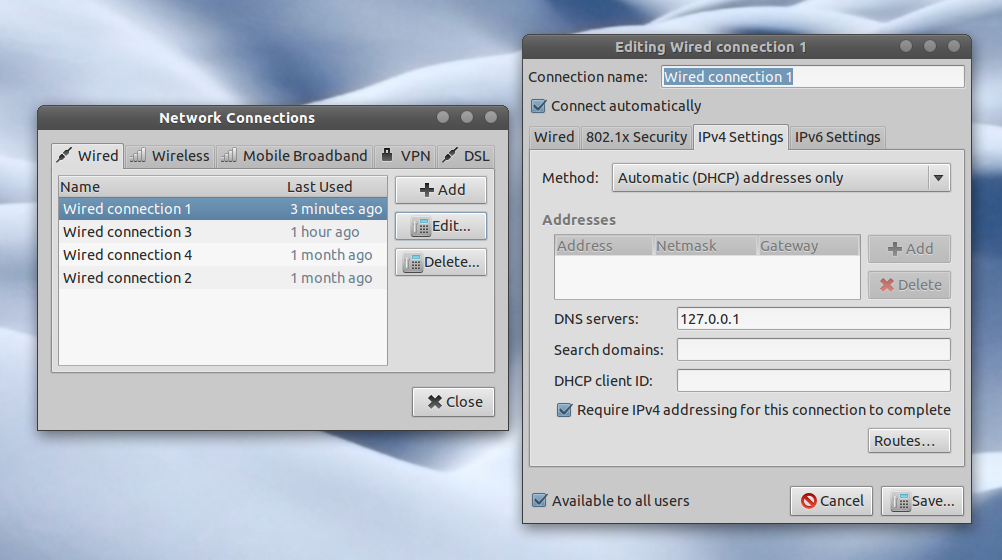

After you’re done, restart your computer and flush your DNS cache by opening a command line like we did earlier (it’s easiest to just Shift+right-click on the desktop) and type the command: ipconfig /flushdns The alternate DNS server can be whatever other DNS server you want to fall back on. Now we can close the registry editor and change the network settings in Windows to use the IP address we specified in the registry (which in this case is 127.0.0.1).īasically, just follow my MS-Paint guide above to set your DNS server to be your new proxy. Then double-click the new subkey and type in the desired value. You might need to create the Parameters key – if so, just right-click in the dnscrypt-proxy entry, choose New–>Key, and name it “Parameters”.Īfter this we set up the actual options for the proxy by creating subkeys as you can see in this screenshot:įor each subkey, right-click and choose New–>String Value and type in the name of the setting. It’s fairly straightforward to get to, just click through as if they were regular folders. HKEY_LOCAL_MACHINE\SYSTEM\CurrentControlSet\services\dnscrypt-proxy\Parameters Now we need to find this particular entry: Note: Be very careful about editing things in the registry. Open it and you should see something like this: To do this, first we will open the registry editor by opening the start menu and searching for “regedit.exe”. For this guide, we will use the CloudNS resolvers. The dnscrypt-proxy service will read settings from the Windows registry. Should you ever want to remove the service, follow the same steps as above but instead type: dnscrypt-proxy.exe -uninstallĤ.
HOW TO USE DNSCRYPT INSTALL
This will install the service, meaning you won’t need to start the program every time you restart your computer. In the command line that opens up, type: dnscrypt-proxy.exe -install In the menu, choose “Open command window here”.

Open the location of your dnscrypt-proxy.exe and Shift + right-click somewhere in the folder. There should be three files: dnscrypt-proxy.exe, hostip.exe, and libsodium-4.dll. Open your downloaded file and extract the contents to your installation location I placed them in C:/Program Files/DNSCrypt.
HOW TO USE DNSCRYPT DOWNLOAD
Since this guide is for Windows, download dnscrypt-proxy-win32-1.3.3.zip. As of the time of writing, the latest version is 1.3.3. This application is provided by and can be downloaded here. Nothing prevents the resolver from logging and often request/response sizes and timestamps are enough to fingerprint a user. While queries are technically encrypted, DNSCrypt only guarantees authentication and not confidentiality. DNSCrypt helps prevent DNS spoofing using elliptic-curve cryptography to verify that responses haven’t been tampered with in transit.
HOW TO USE DNSCRYPT 32 BIT
On the home page of Simple DNSCrypt choose the appropriate installer for your machine (e.g., 64 or 32 bit machines). The first step is to install Simple DNSCrypt. This tool provides you a Windows installer that helps simplify the process. DNSCrypt is a new protocol for DNS queries, placing authentication onto regular lookup traffic. For Windows machines, we are going to use the Simple DNSCrypt tool.


 0 kommentar(er)
0 kommentar(er)
